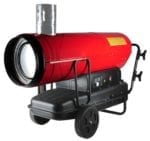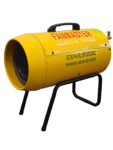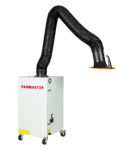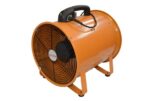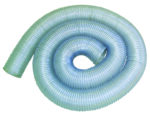
February 11, 2020
Welding Fumes: Ventilation Systems and Risk Control Methods
Industrial ventilation systems are used in many workplaces across Australia to improve air quality and help maintain health and safety. However, due to the risks from fumes, high-quality ventilation systems are even more critical where welding is carried out.
Welding fumes are very fine metal particles that can be breathed in. All fumes from welding were recently reclassified as Grade-1 carcinogens by the International Agency for Research on Cancer (IARC) – which essentially means they can increase the risk of lung cancers.
Typical carcinogens from welding processes include metallic oxides, fluorides and silicates. The degree of risk can depend on various factors – such as the type of process and material, length of exposure and so on.
Despite that, the IARC has stated that any welding fumes – regardless of the situation – must be treated as potential cancer agents.
How ventilation systems help in the risk control process
Risk management is a process of identifying hazards, assessing their severity, and implementing control measures against them. There are several levels of control measures – with eliminating the hazard being the most effective. Others include process substitution, engineering controls, and wearing personal protective equipment.
Welding fumes represent a significant workplace hazard with a high degree of risk severity. SafeWork NSW recommends that employers eliminate the need for welding where possible.
If total elimination is not possible however, other control measures should be implemented. This might include low-fume welding (substitution) or use of equipment to remove fumes (engineering controls).
Ventilation systems for welding – industrial portable fume collectors for example –fall into the engineering controls category. This equipment can capture very close to 100% of particles down to 0.3 microns in size – in turn purifying the surrounding air and reducing the risk of exposure to harmful welding fumes. Portable fume collectors also come in various sizes to suit different workplace environments and situations.
Other important control measures on top of fume extractors include physically separating welding activities from other people, wearing protective equipment and clothing, and rotating jobs to reduce exposure to fumes.

Sourcing the right ventilation equipment
Every workplace is different and will have differing needs for ventilation systems and extraction units. It’s essential to make sure you get the right types of sizes of equipment to suit your working environment. Get in touch with our team for more information and advice on welding fume ventilation systems for your workplace.












